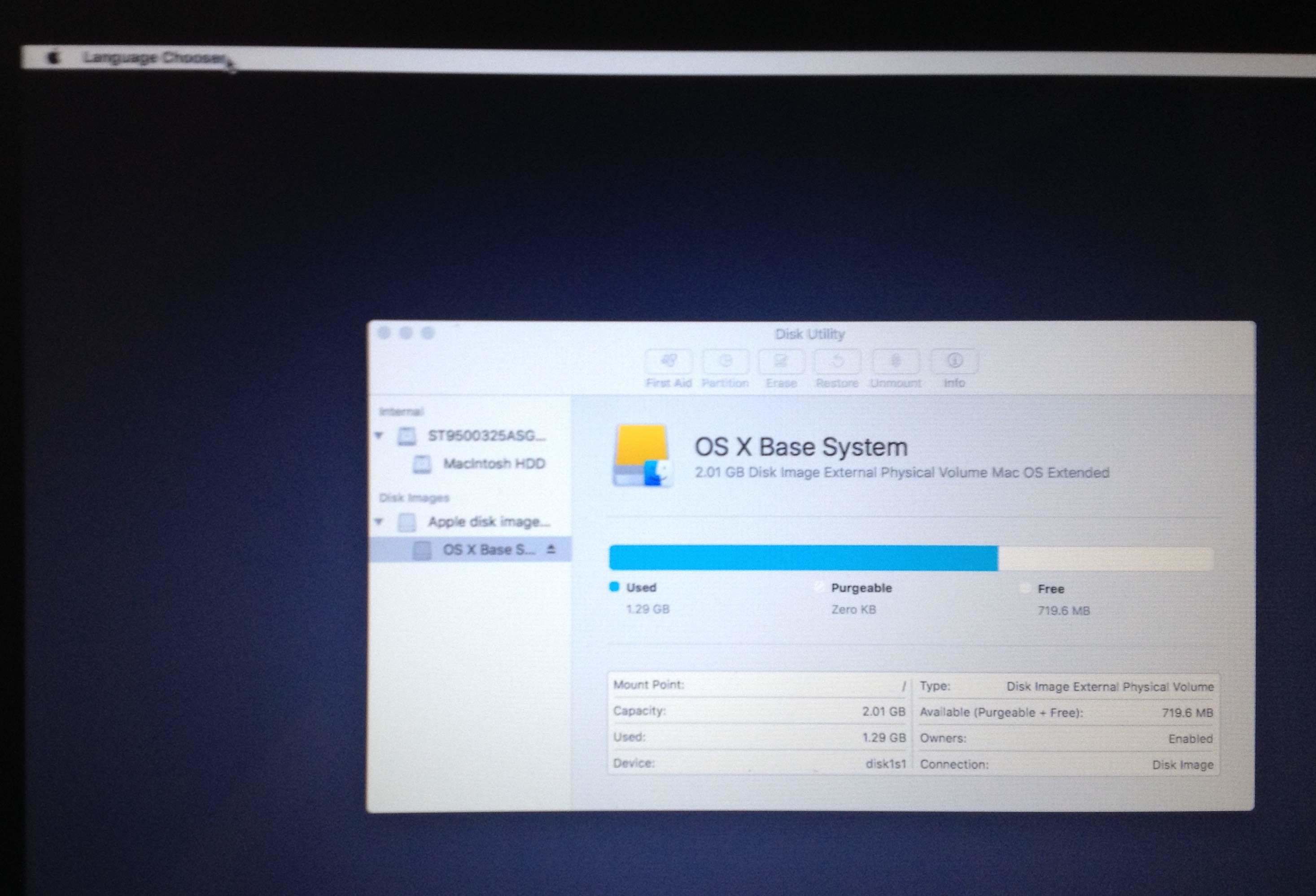
- #Recovery mode software for mac mac os#
- #Recovery mode software for mac install#
- #Recovery mode software for mac software#
- #Recovery mode software for mac download#
#Recovery mode software for mac mac os#
Sometimes, restoring your Mac OS via Recovery may not be possible – a damaged recovery partition being one of the possible reasons why. If you’re selling or giving it away, press Command-Q to quit the setup assistant and finish the process. If you’re keeping your Mac, you can just use your own information to finish the setup. **If you erased your disk before restoring your OS, or you’re creating a new startup disk, your Mac will direct you to a setup assistant after restarting. * If you’re selling or giving away a Mac running on OS X El Capitan or earlier, use Option-Command-R to make sure that your Apple ID will not be associated with the installation. After the installation is finished, your Mac will restart.
#Recovery mode software for mac install#
Provide your Apple ID to verify eligibility to install macOS if asked.ħ. Click Continue, then follow the onscreen instructions.ĥ. Choose Reinstall macOS (or Reinstall OS X) from the utilities window.Ģ. If you’re done erasing your startup disk or you think it’s not necessary, you may proceed with restoring your macOS.**ġ. Once you’re done, quit Disk Utility to return to the utilities window.ġ0. Click Erase to begin erasing your disk.ĩ. Scheme (if available): Choose GUID Partition Map.Ĩ. Name: Enter a name for your disk, such as “Macintosh HD”.įormat: Choose Mac OS Extended (Journaled). If you don’t see an erase button or tab, select the volume name under the disk name, then look again. Make sure you select the disk name and not the volume name under it.Ħ. Select your startup disk in the sidebar of Disk Utility.Ĥ. Select Disk Utility from the utilities window of macOS Recovery.ģ. REMEMBER, ONLY DO THIS IF YOU HAVE BACKED UP YOUR HARD DRIVE FIRST!ġ. Your startup disk can’t be used to start your computer (this is likely to happen if you try to install an older macOS on top of a newer macOS). The macOS installer says that it can’t install on your computer or volume.ģ. Your computer is having an issue that Disk Utility can’t repair.Ģ. Continue to the next section and choose whether to erase your startup disk or begin reinstalling macOS.Įrasing your startup disk prior to restoring your Mac OS is up to you, however, you might want to do this if:ġ. Wait for the macOS Utilities window to appear.ĥ. Release the keys once you see the Apple logo or a spinning color wheel.Ĥ. Hold down any of the key combinations presented above.ģ. To initiate the restoration via the macOS RecoveryĢ. Shift-Option-Command-R restores the macOS that came with your Mac or the version closest to it that is still available.Option-Command-R upgrades to the latest macOS that is compatible with your Mac.Command-R restores the latest macOS that was installed on your Mac without upgrading to a later version.When initializing macOS Recovery, the following key combinations will allow you to install different macOS versions: This will allow you to choose which versions of macOS you want to install on your Mac.* If you encountered issues downloading the Mac OS from the App Store, you can restore your operating system through macOS Recovery. After the OS has been downloaded, click Install.
#Recovery mode software for mac software#
Click Continue to confirm that you want to install software that is already on your computer.ħ.

#Recovery mode software for mac download#
Click Download (you won’t be charged for reinstalling apps).Ħ. Look for your operating system from the list of purchased apps.ĥ.

Click on the Purchased tab in the Mac App Store window.Ĥ. Click on the Apple icon in the upper left corner of your screen.ģ. SEE THE BEST PRICES ON NEW MACS ON AMAZONġ. These options include restoring your OS from the Mac App Store, restoring it through macOS Recovery, restoring it via Internet Recovery Mode, and lastly, hooking up your machine to an external drive with a bootable version of your Mac OS. What’s even better is there are four ways to restore your operating system, so there are always backup options in case one didn’t work.


 0 kommentar(er)
0 kommentar(er)
